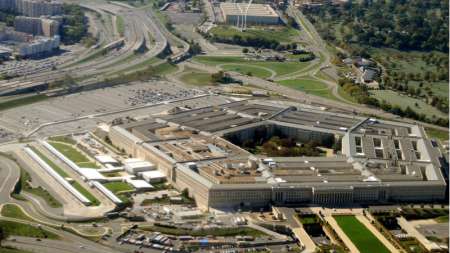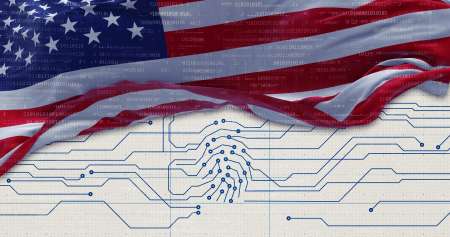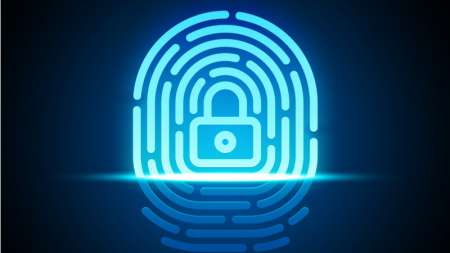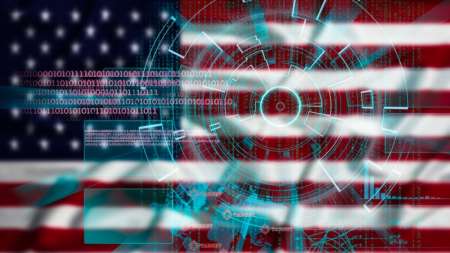Since late 2021 rumors about the impending demise of the Department of Defense’s (DoD) longtime standard identification card have spiraled. Several DoD officials earlier this week explained that the Common Access Card (CAC) will not be replaced overnight, but that the department is currently researching modern identity management solutions beyond the CAC. […]
Security, in the past, was built on fixed physical networks that allowed access to trusted individuals and kept untrusted individuals out. But, as Federal agencies transform their digital environments and increase remote work security measures had to evolve, making zero trust architectures the new norm and identity the new perimeter. […]
With Federal employees accessing critical information, systems, and applications from anywhere, the mindset has shifted to never trust and always verify. Federal security experts explained that this shift put a focus on a new critical aspect of a zero trust architecture – identity management. […]
As Federal agencies continue to keep a majority of their workforces teleworking – and may continue to do so for the longer term as the coronavirus pandemic heats up again – keeping identity management practices a top priority has been a key ingredient in Federal agency cybersecurity efforts. […]
Anil Cheriyan, head of the General Services Administration’s (GSA’s) Technology Transformation Services unit (TTS), shared details today on his office’s new work in the areas of robotic process automation (RPA) and identity proofing. […]
Federal agencies must build “identity-aware” infrastructures to effectively monitor and manage user access to information and information systems across their enterprise for more secure and efficient operations, according to cybersecurity experts. […]
Cloud identity management provider Okta has received FedRAMP certification with Department of Justice sponsorship, meeting compliance requirements of more than 300 controls. […]
The Pentagon’s latest buzz phrase is Identity Activities, which means the Pentagon wants to employ data analysis tools that will leverage biographical, biological, behavioral, and reputational data inputs to help the military determine the identity of a person they encounter on the battlefield and whether that person poses a threat. […]








